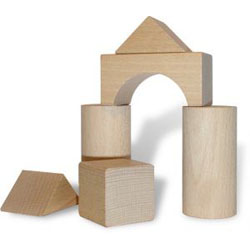The title on this post is a little misleading, as the “perfect mix” could mean different things to different people.
But, I think most would agree the foundation for the perfect mix, when mixing a typical “rock” band (drums, bass, guitars, keys, vocals) would be the kick drum and the bass guitar.
Robert Scovill, a very experienced and very talented engineer said, at the Gurus of Tech conference in Chicago in February, that “no one goes home humming the kick drum.”
Very true. But, that kick drum, mixed properly with the bass guitar, is what gets people into the music.
Next time you’re doing sound, try turning down the bass guitar for a chorus in a driving song, then bring it up for the next chorus and I would bet there is a noticeable change in the way the audience/congregation reacts.
When I mix the kick and the bass together there are a few important things to note.
First, is having a competent drummer and bass player. They need to work together and the bass player needs to follow the kick drum.
Secondly, EQ. I’ve seen a lot of sound people just take the kick drum and the bass and turn up the low EQ knob.
Some more experienced ones will turn up the high EQ knob to get some clarity. I find just doing that ends up making them sound muddy because you are now boosting them in the same frequency range and you get no definition of which one is which.
Digital Mixers
When I am EQing them, if on a digital board with sweepable EQ’s, it’s real simple, I boost the Kick at about 50Hz with a fairly slim curve so that I can then cut that EQ by somewhere around 80 or 100Hz.
Cutting that Kick drum in the 80-100 range allows us to then boost the Bass guitar in that range, and then you don’t get them overlapping each other in the low range.
I also add a Hi Pass Filter to the bass to cut anything below about 60Hz, so I don’t get any unwanted overlap there.
I will also boost the bass guitar around the 1-1.5kHz range which helps add clarity to it, while boosting the Kick drum around 2-3kHz helps add a good slap to it.
Those really depend on the exact sound you want from those instruments as to where and how much you boost. A good boost in the mid-hi or high frequency range really adds some clarity, making the kick and bass not just sound like a thud coming out of the subs.
Analog Mixers
One comment on the EQ. I am currently using an analog board, an Allen and Heath ML3000. I don’t have the ability to change the bandwidth or “Q” on the curve. I also have fewer options for which specific frequency I am boosting.
What I tend to do is on the kick drum, I actually turn the low EQ knob down, to cut that frequency. It is commonly anywhere from 60-100Hz on an analog board. Then I boost the mid-low at 50Hz. So I am still boosting at 50, I’m just using the mid-low sweepable mids to do it.
















